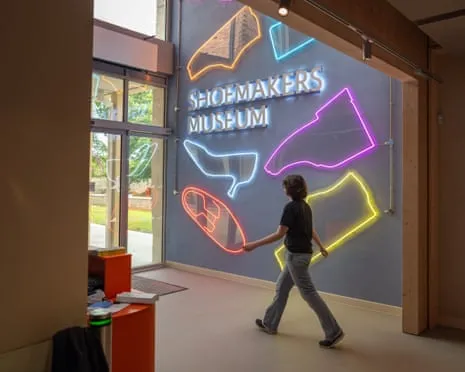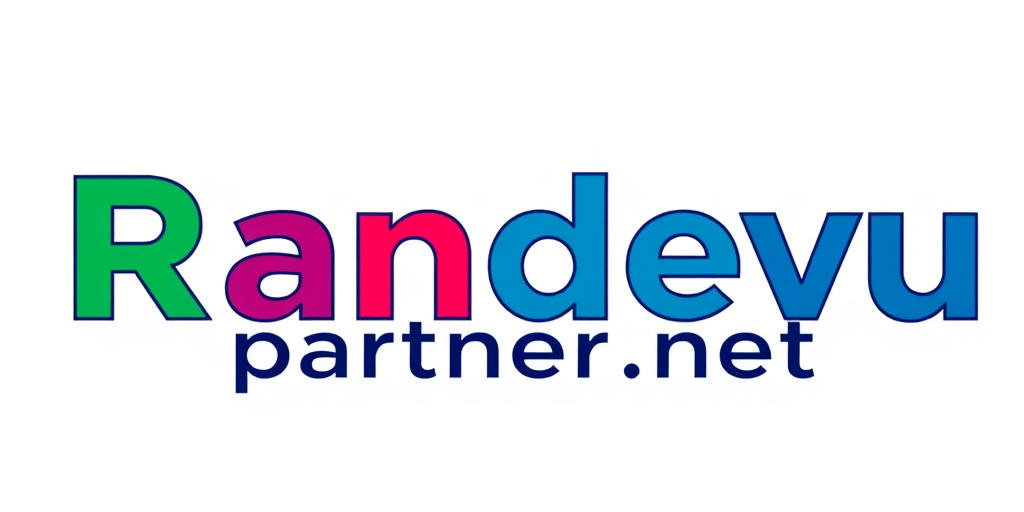Latest Update
Today's Top Highlights
Discover our latest stories and insights from around the world
 News
News
 News
News
It's Reached This Point: Keir Starmer Now Serves as Merely the Opening Act for Reform UK's Leader
 By Thomas Jennings
•
18 Sep 2025
By Thomas Jennings
•
18 Sep 2025
 News
News
Style Sector Risks Taking a Step Back Concerning Inclusivity, Says Former Vogue Editor
 By Thomas Jennings
•
18 Sep 2025
By Thomas Jennings
•
18 Sep 2025
 News
News
Traveling with the Official Charged with Justifying UK’s Controversial Aid Cuts in Ghana
 By Thomas Jennings
•
18 Sep 2025
By Thomas Jennings
•
18 Sep 2025
 News
News
‘He radiated presence’ - the legend of Asprilla
 By Thomas Jennings
•
18 Sep 2025
By Thomas Jennings
•
18 Sep 2025
 News
News
Rachel Roddy's Creation for Lasagna with Summer Squash and Three Cheeses
 By Thomas Jennings
•
18 Sep 2025
By Thomas Jennings
•
18 Sep 2025
 News
News
Donald Trump Applauds Kimmel Suspension as Networks Replace Broadcast with Conservative Activist Memorial
 By Thomas Jennings
•
18 Sep 2025
By Thomas Jennings
•
18 Sep 2025
 News
News
The Iconic Shoemaker Unveils a Heritage Center to Mark Two Hundred Years of History
 By Thomas Jennings
•
18 Sep 2025
By Thomas Jennings
•
18 Sep 2025
 News
News
Black Rabbit Critique: An Grim Drama Which Fails to Create Audiences Care
 By Thomas Jennings
•
18 Sep 2025
By Thomas Jennings
•
18 Sep 2025
 News
News
Why the United States Faces a Dangerous Crossroads After the Conservative Activist Assassination
 By Thomas Jennings
•
18 Sep 2025
By Thomas Jennings
•
18 Sep 2025
 News
News
Indecent Assault Accusations Targeting Top Australian Radio Host Reduced
 By Thomas Jennings
•
18 Sep 2025
By Thomas Jennings
•
18 Sep 2025
 News
News
Donald Trump Aims to Classify Antifa as a Primary Radical Group
 By Thomas Jennings
•
18 Sep 2025
By Thomas Jennings
•
18 Sep 2025
September 2025 Blog Roll
August 2025 Blog Roll
July 2025 Blog Roll
June 2025 Blog Roll
Popular Posts
Sponsored News

News
Praying for a Entry Document Prior to Tragedy: Gaza’s Injured Minors Stranded in Limbo
 Thomas Jennings
Thomas Jennings

News

News

News
Paris Needed to Endorsed Palestinian Statehood Earlier: The Cynic Wonders: What Prompted This Move?
 Thomas Jennings
Thomas Jennings

News

News
‘It Was a Bad Dream – But I Never Woke Up’: The Experience of Losing Your Best Friend.
 Thomas Jennings
Thomas Jennings





